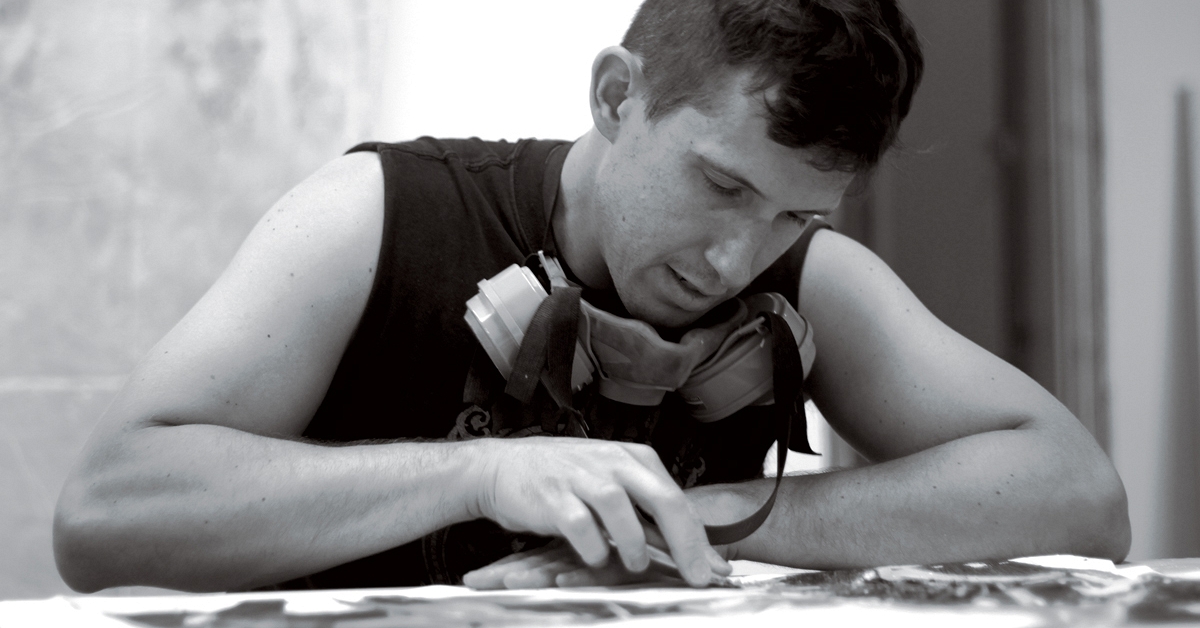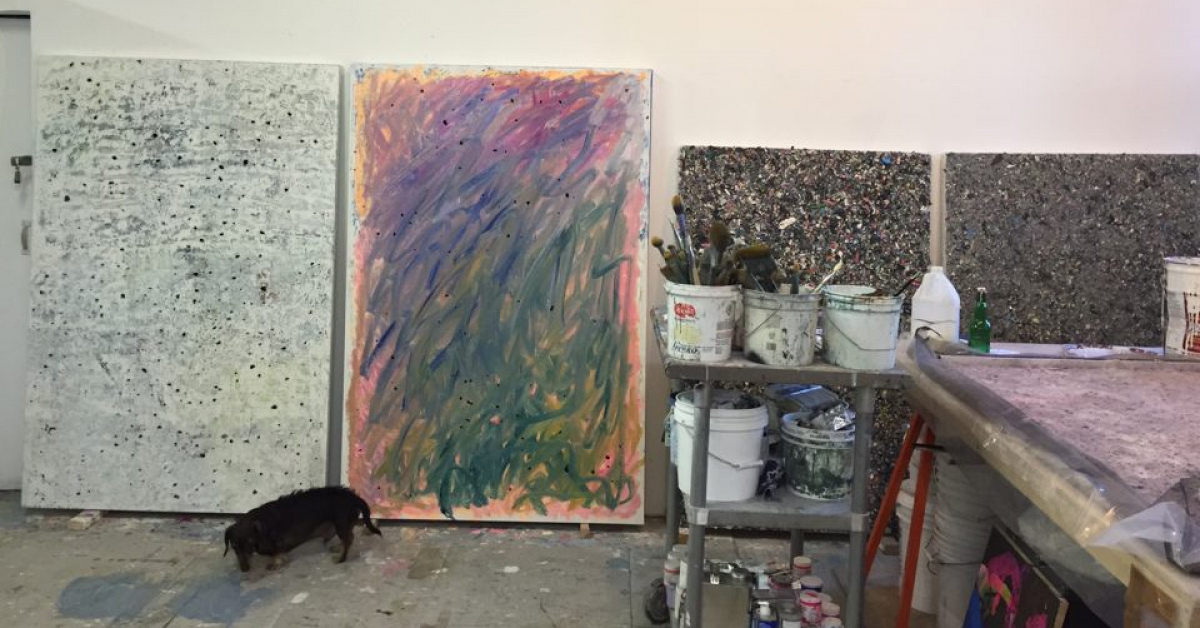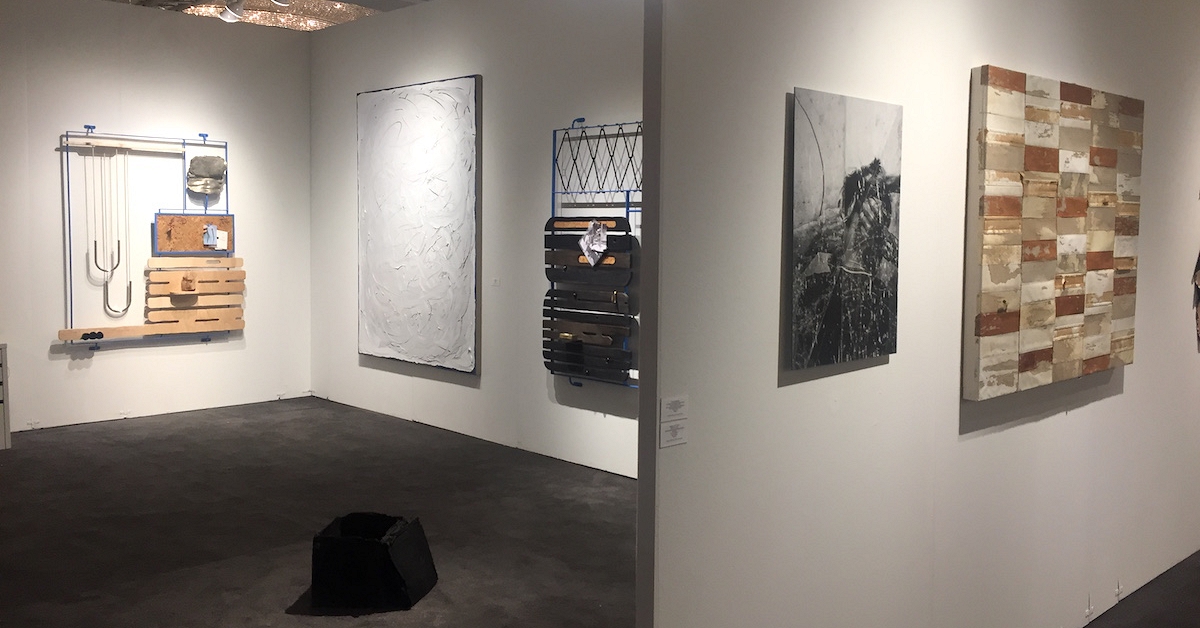Words and Actions: Queens Museum Shows About Seeking Racial Justice
The New York Times / Oct 22, 2022 / by Alina Tugend / Go to Original
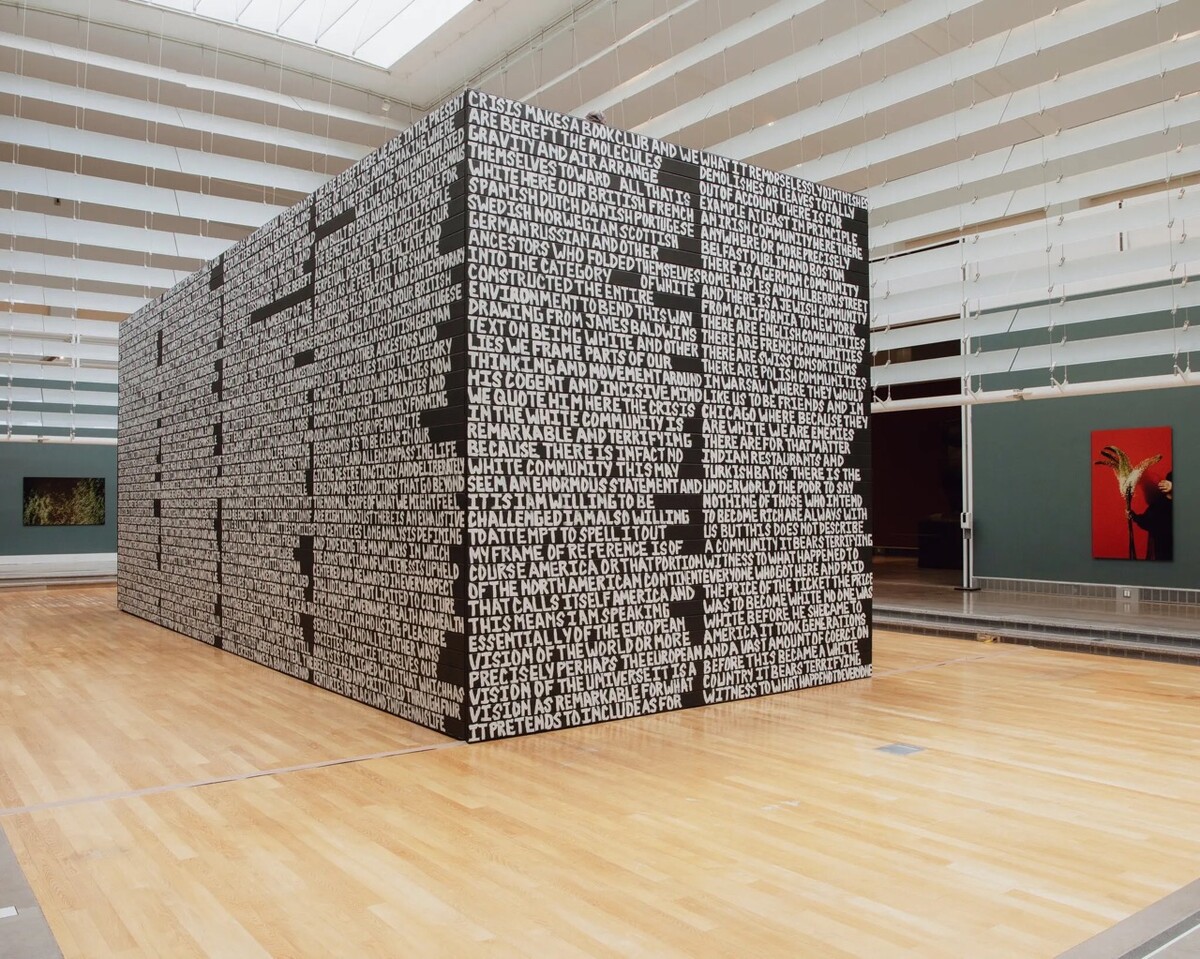
“Align” (2022) by Xaviera Simmons is the 16-foot-high and 15-foot-deep centerpiece of her exhibition at the Queens Museum.; Credit…Jasmine Clarke for The New York Times
Thousands of handwritten capital letters march neatly on the walls of the 40-foot-long wooden shedlike structure with phrases gradually coming into focus: “unlearning and undoing,” “white-structured disasters,” “commitment to transformation.”
The structure — titled “Align” (2022) and stands 16 feet high and 15 feet deep — is the centerpiece of the exhibition “Crisis Makes a Book Club” at the Queens Museum until March 5.
The artist, Xaviera Simmons, calls it a text sculpture or an architectural intervention; it begins with the sentence “crisis makes a book club,” which is repeated sporadically throughout the writings. For Ms. Simmons — who has had group and solo shows in numerous museums nationally and internationally and has been lauded as “one of the most talented artists of her generation” — it is both humorous and wholly serious.
The written text was prompted by her familiarity with “a group of very wealthy, very influential and very seasoned white women in the arts, philanthropy and academia” who started a book club during the pandemic and amid the protests against the murder of George Floyd and other police brutality against Black people, Ms. Simmons said.
She spoke to a portion of the book group when they were meeting with a variety of artists and academics, and women in the group who she knew “would share the reading lists and tell me what they were talking about,” Ms. Simmons said.
“They never said or announced the depth of language that needed to be said as they engaged in their readings and communing. So, I painted the language for them and for all white women, including white queer, white feminists, who proclaim to desire for substantial change and find themselves starting or joining book clubs and listening sessions when state violence is enacted upon Black people, Indigenous people, trans people and brown communities who do not have the substantial power and resources to push against that power.”
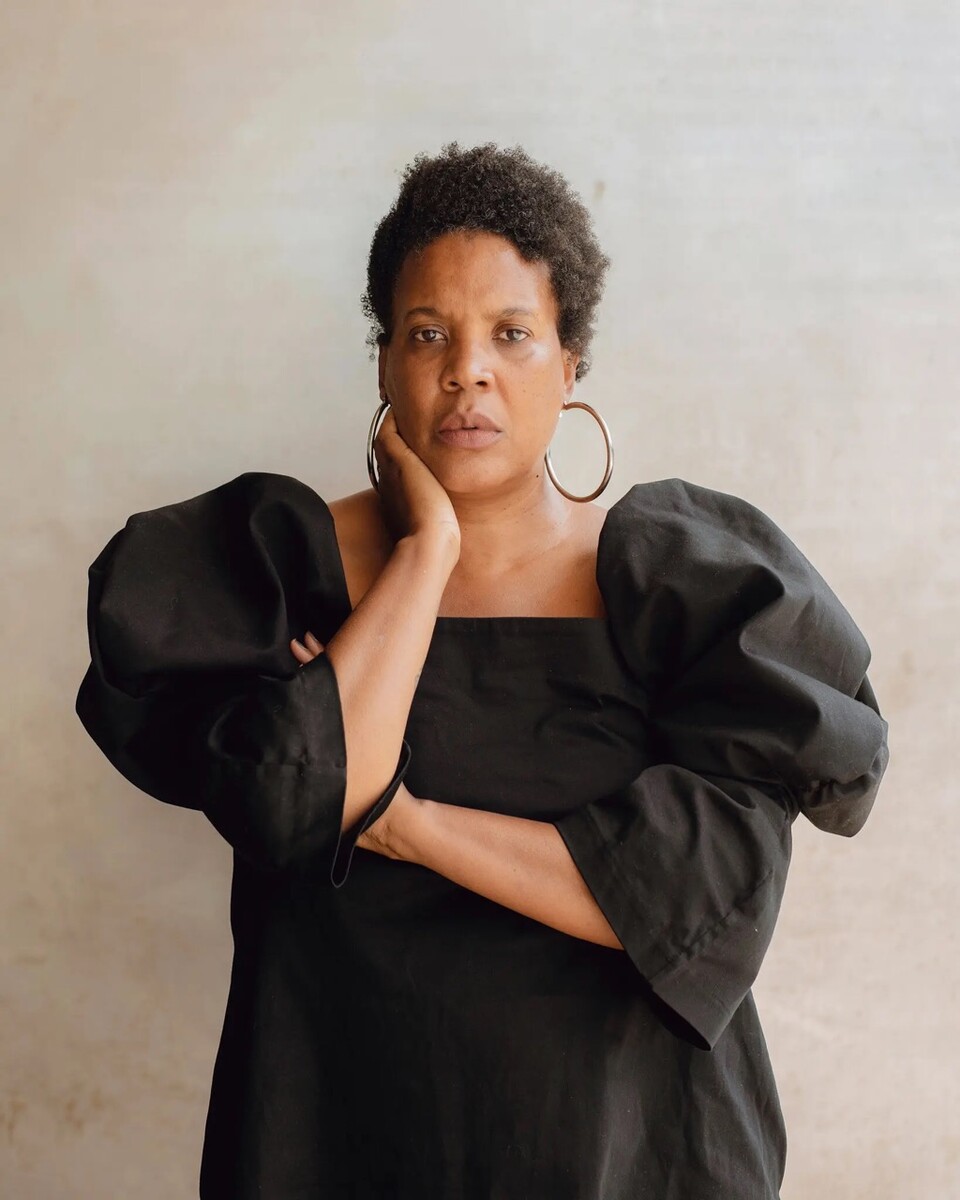
Xaviera Simmons at the Queens Museum.; Credit…Jasmine Clarke for The New York Times
Ms. Simmons certainly doesn’t want people to stop reading; as part of the exhibition, the museum is distributing contemporary and historical books on, among other topics, a history of Indigenous people in the United States. The aim is to give away 4,000 books over the five-month show.
But it’s not enough. “Everybody loves a Toni Morrison, an Audre Lorde, a James Baldwin,” she added. “Books are fabulous, but you can’t stay in a book club or a reading circle or a listening stance and expect things to miraculously change.”
In addition to Ms. Simmons’ own words, she has also written out most of the James Baldwin essay “On Being White … and Other Lies,” published in Essence magazine in 1984.
In the back of the structure is an entry that welcomes visitors inside, with a bench and videos of landscapes and weather, a contrast to the gut-punching narrative.
“This is more of a pause inside of my work,” she said, “I want to make sure, especially with this amount of content, there’s a space to contemplate, to reflect.”
The text sculpture is just one part of the exhibition; less noticeable at first are the large framed photos on the walls surrounding the structure, close-ups of a variety of carefully arranged flowers, the bright reds popping, the simple yellow, white and pink flowers more subdued.
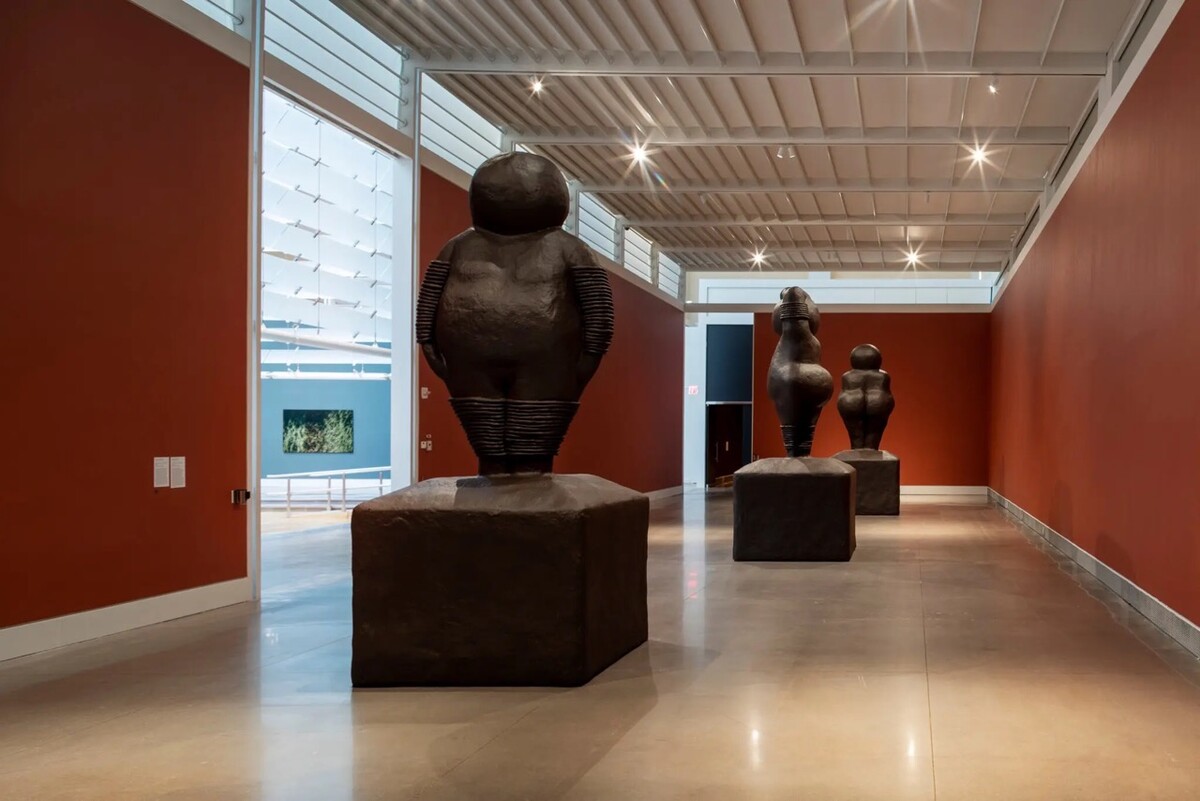
“Gallery 6 Figures, No. 1, No. 2, No. 3” (2022) by Xaviera Simmons.; Credit David Cast
In another space stand dark gray giant papier-mâché and clay figures on pedestals, influenced by European prehistoric figures. They are faceless and genderless, but the bangles they wear on their arms and legs, their casual stances (one with arms folded behind its head), along with round heads and voluptuous buttocks, give them both a friendly and luscious feel.
The floral and other photographs in the exhibition, as well as figure sculptures, Ms. Simmons, 48, said, add “a sensual element to it all.”
In two rooms next to Ms. Simmons’ exhibition is the first solo museum show by Charisse Pearlina Weston, a Houston-born artist who now lives in Brooklyn. Part of her exhibition, “of [a] tomorrow: lighter than air, stronger than whiskey, cheaper than dust,” focuses on the 1964 World’s Fair, which was held in Queens. The exhibition also closes March 5.
The Brooklyn branch of the civil rights group the Congress of Racial Equality (CORE), tried to hold a civil rights “stall-in” — blocking highways and roads leading to the World’s Fair. The national CORE and many others opposed the concept as too extreme and staged a milder protest to subsume it.
Ms. Weston, 33, uses the idea of the stall-in and, in particular, the concept of a pause or withholding passage in her work.
A 20-by-15-foot glass sculpture, composed of six panels of tempered glass, hangs from the ceiling with one side tilting down toward the floor.
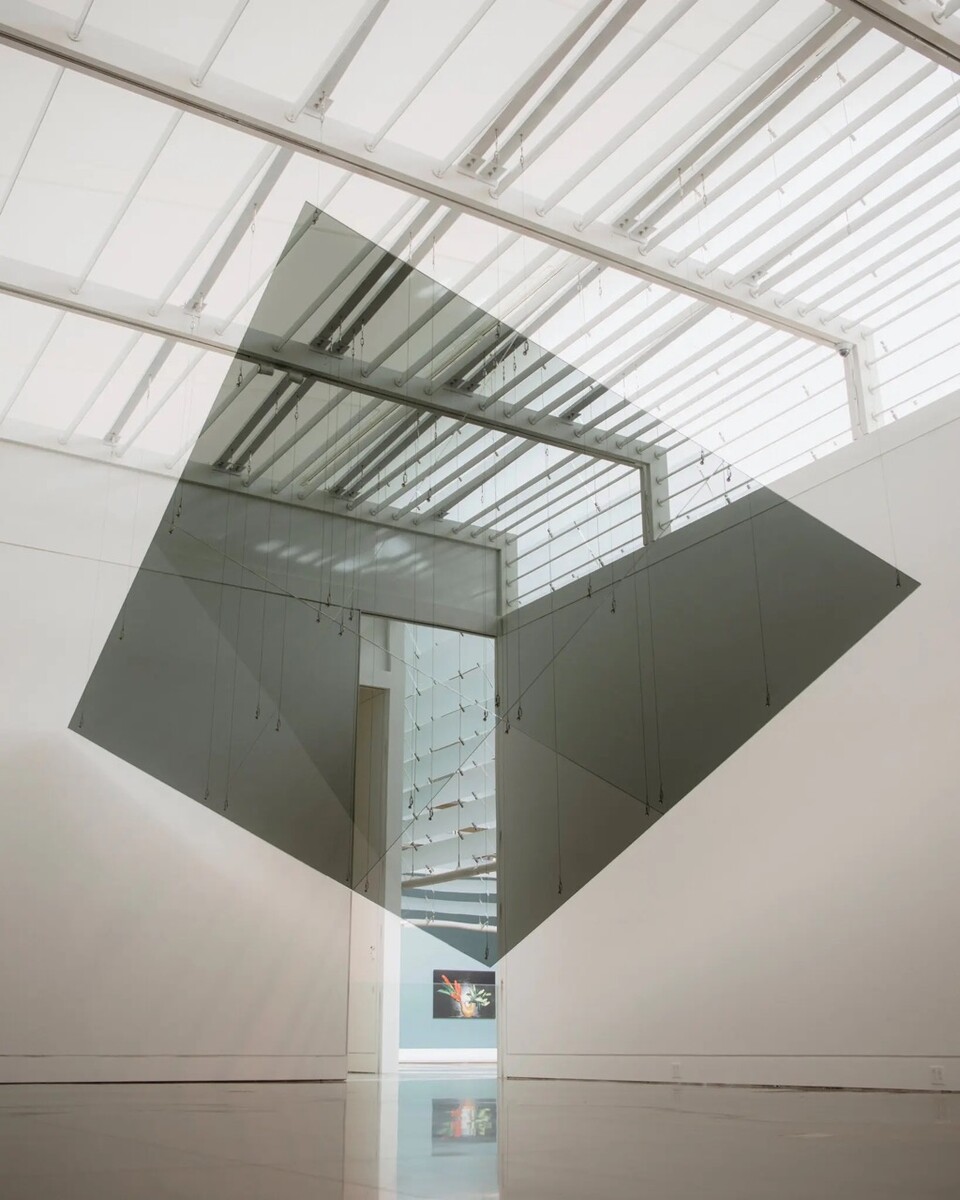
Charisse Pearlina Weston’s “of [a] tomorrow: lighter than air, stronger than whiskey, cheaper than dust” (2022).; Credit…Jasmine Clarke for The New York Times
The glass plays off one of the highlights of the World’s Fair, the Tent of Tomorrow designed by the architect Philip Johnson. One of its standout features was the floor: a meticulous map of New York State using 567 mosaic panels, each weighing 400 pounds, at the cost of $1 million.
The title of Ms. Weston’s exhibition, she said, was a sales slogan used to sell barbed wire back in the 1800s.
“Barbed wire marked out private property in the rural American landscape in a way that couldn’t be done before — it was a violent act of delineating space, ” she said. “I’m using tactics of Black resistance, one of these being CORE’s stall-in, as a way to disrupt these violent protocols inherent to architecture.”
The hanging glass is often used in large-scale architecture work, and her piece “is subverting its typical use within architecture,” she added. “Its risk and fragility are also at play.”
In the other room are glass sculptures with images of Black protest movements melted onto the surface. They include the 1965 Watts riots in Los Angeles, the CORE stall-in and 2020 Black Lives Matters protests, combined with often barely legible text about those protests.
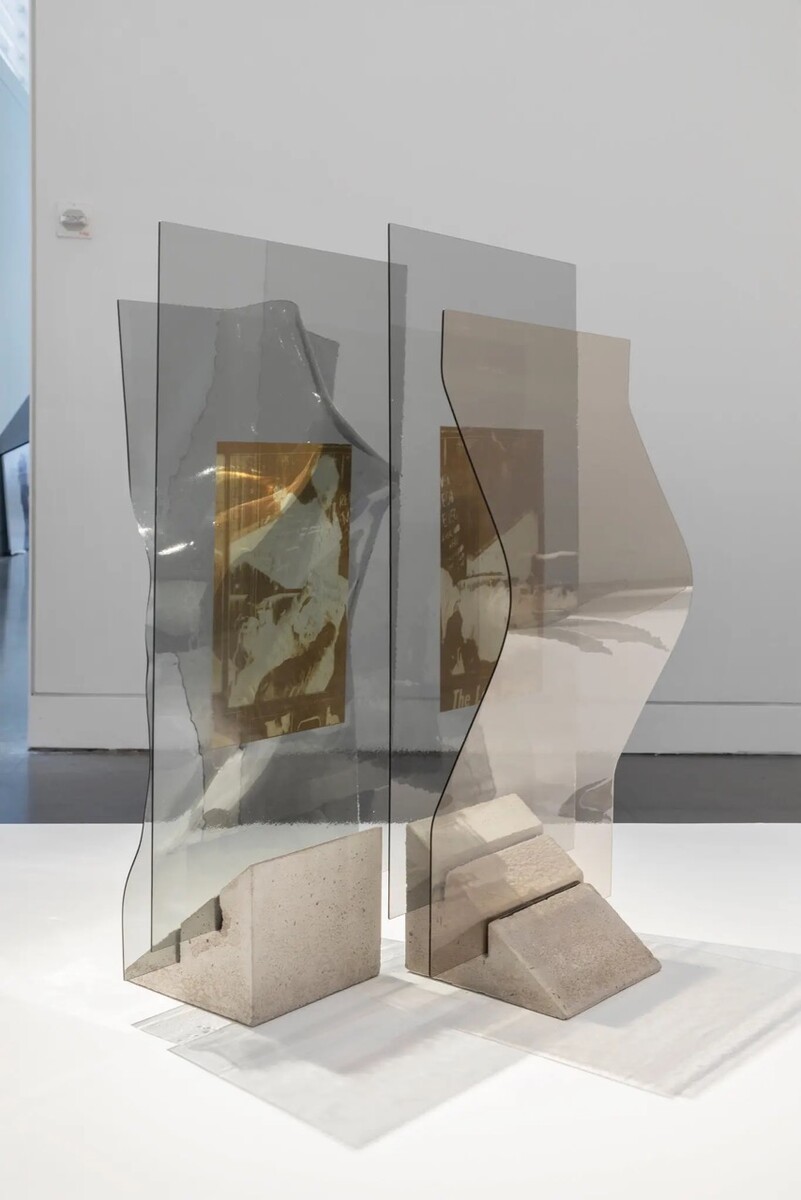
Ms. Weston’s “and rust flows down, glistening (…to neon, to rolled sleeves, to arms, to pause)” (2022).; Credit…Hai Zhang
Making the words difficult to read reflects that language is often used as concealment, Ms. Weston said.
“I want my work to force people to pose questions about what we assume are neutral things or materials in society, things that feel neutral but are part of a broader system of oppression,” she said.
Ryan N. Dennis, who worked with Ms. Weston on public art projects in Houston, said Ms. Weston “does a phenomenal job contending with multiple histories.”
“Her research process is fascinating — the way she deals with archives and literature and how it shows up in her work is really brilliant. Her work can be rigorous and playful and return back to rigor.” Ms. Dennis is now chief curator and artistic director at the Mississippi Museum of Art’s Center for Art and Public Exchange.
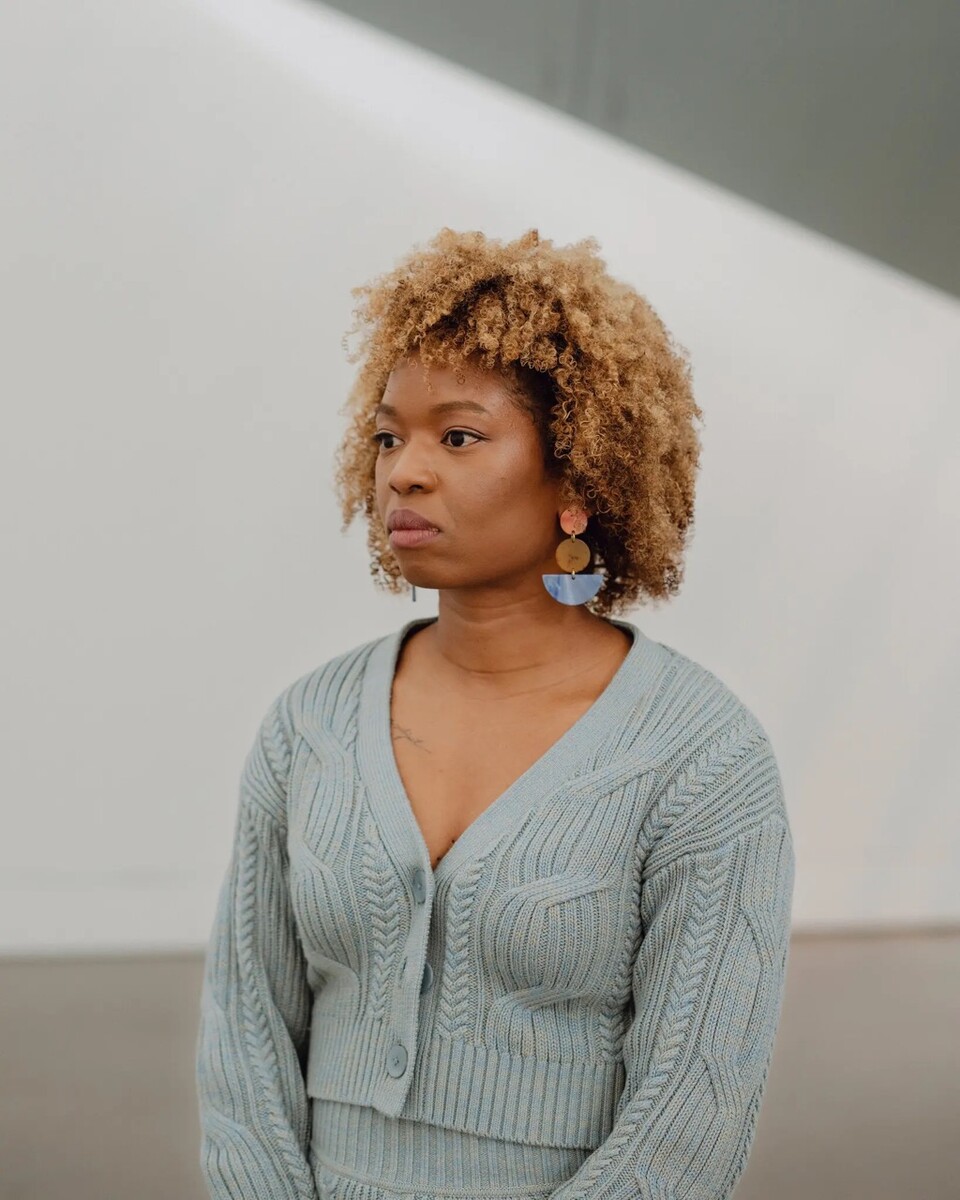
Ms. Weston is having her first solo museum show at the Queens Museum.; Credit… Jasmine Clarke for The New York Times
Although Ms. Weston’s and Ms. Simmons’ exhibitions are separate, they contrast and complement each other.
“Part of our remit is to present artists at a kind of critical point in their development and their career. And both of these artists are at very different stages in their career,” said Sally Tallant, president and executive director of the Queens Museum. “This is a wonderful time to bring their work into focus.”
Both artists also draw on a deep well of art history.
“I am founded in an art historical context,” said Ms. Simmons, who has taught at Harvard and Columbia. “I have been looking at paintings and sculptures and figurative works and gold plating and collage my whole life.”
The Queens Museum, which stopped charging visitors during the pandemic and has remained free, hopes the shows will draw the highly diverse community of the borough. But Ms. Simmons notes at the conclusion of the wall text that her exhibition is not “a surrogate for the vital life changing work that museums, trustees and both individual and government entities have to do to radically shift philanthropic, labor and civic systems.”

